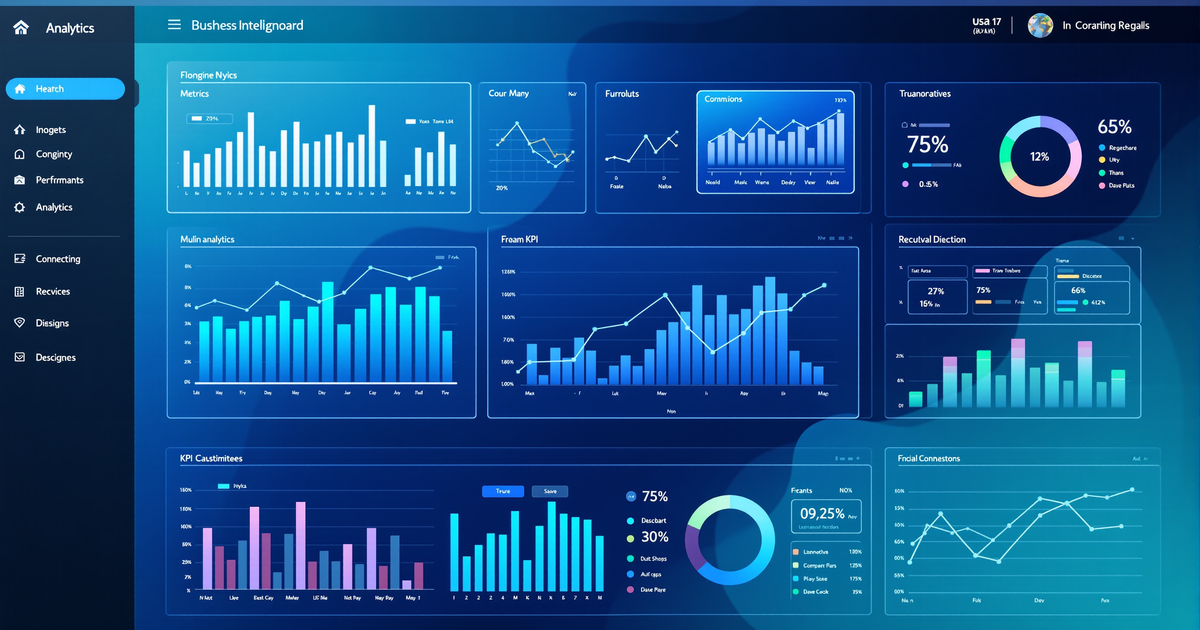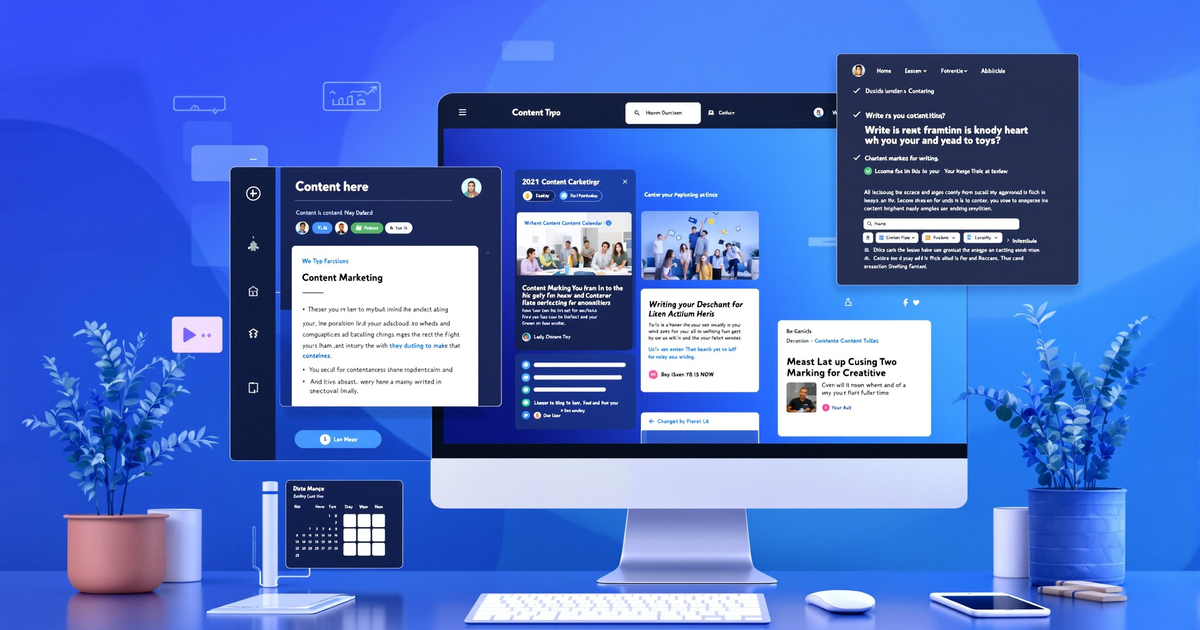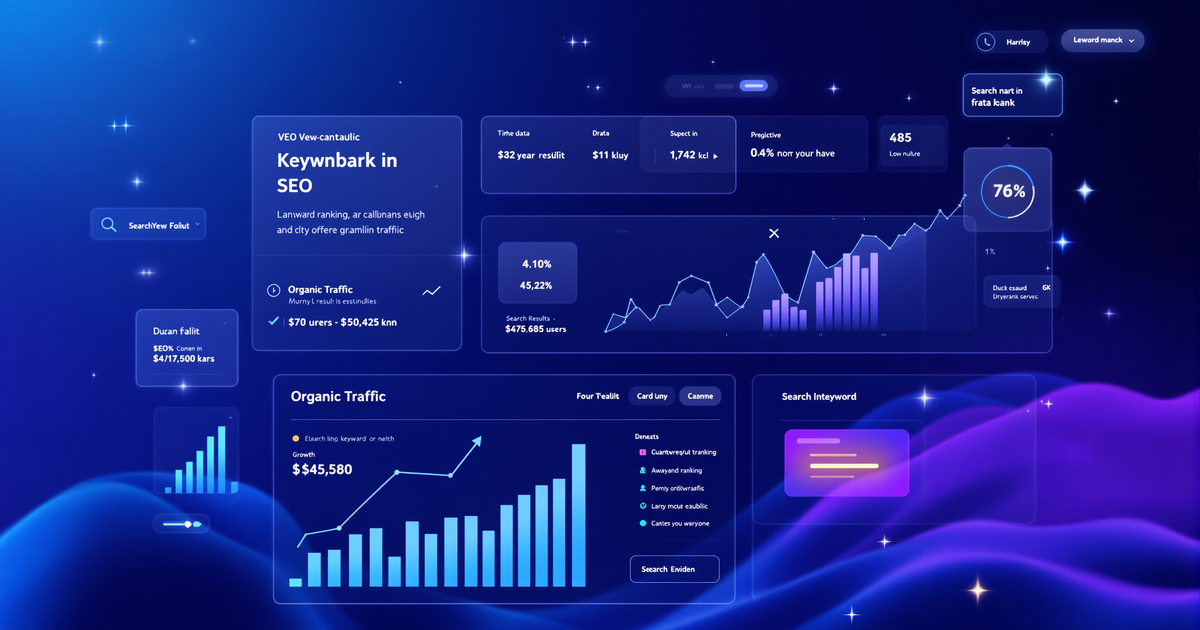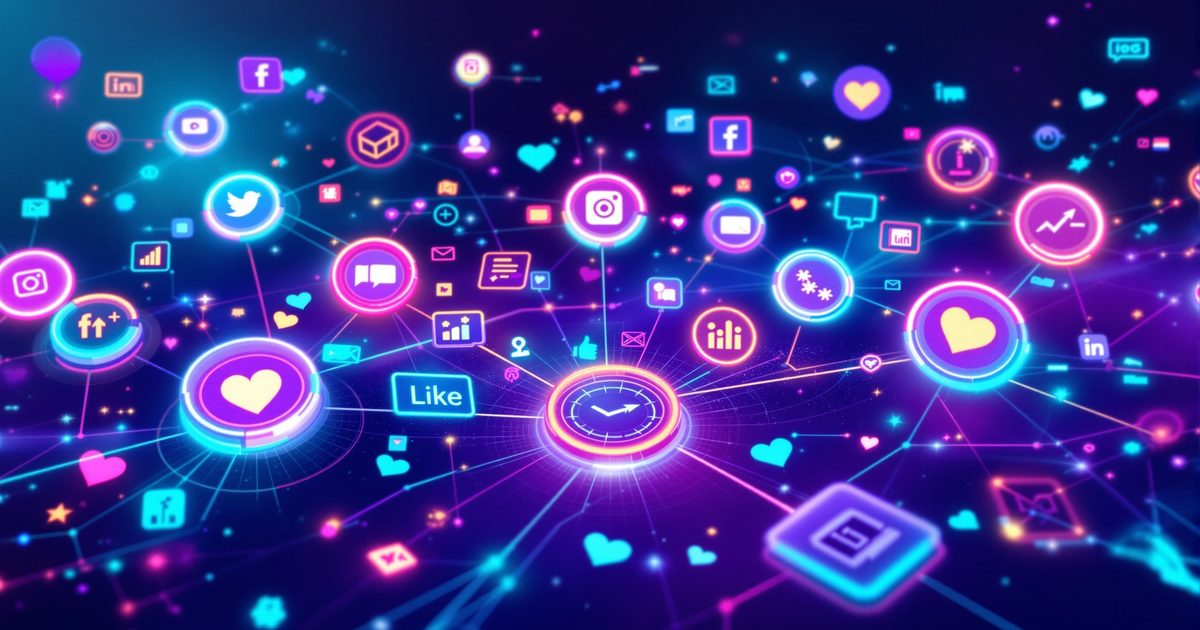Why Personalized Content Marketing Matters in 2025
Personalization isn’t just a marketing trend—it’s now a business imperative. Today’s customers want brands to recognize them as individuals, not data points. When brands deliver content tailored to each person’s interests, needs, and behaviors, the results are undeniable:
- Personalized emails yield 122% higher ROI than non-personalized campaigns.
- Personalization can boost sales by up to 10%.
- 40% of consumers have purchased more due to website personalization.
Personalization is more than a buzzword; it’s the bridge to trust, engagement, and loyalty.
The Core Pillars of Personalized Content Marketing
To design a winning personalized content strategy in 2025, focus on these essentials:
1. Harness Data and AI for Deep Personalization
AI and machine learning have revolutionized how brands personalize content. In 2025, AI not only recommends products but also adapts in real time—anticipating customer needs and delivering content that feels genuinely human.
- Predictive analytics: Analyze past behaviors to forecast what content or offers a user will find most valuable.
- AI-driven segmentation: Move beyond demographics. Use AI to create dynamic segments based on real-time behaviors and preferences.
- Continuous learning: AI refines recommendations with every customer interaction, ensuring increasing relevance over time.
Example: Leading eCommerce brands use AI to suggest products a shopper didn’t even know they needed, based on browsing and purchase history.
2. Deliver Dynamic, Contextual Content Across Channels
Customers expect tailored experiences everywhere—website, email, ads, and even real-world interactions:
- Dynamic website content: Show different homepage banners, product recommendations, or blog posts based on user behavior and preferences.
- Personalized email campaigns: Send messages triggered by specific actions (like cart abandonment) or milestones (birthdays, anniversaries) with tailored content and incentives.
- Retargeting and remarketing: Remind users of products they viewed or offers they missed with highly relevant ads across platforms.
- Location-based personalization: Use geolocation to deliver timely, relevant suggestions—like nearby stores, events, or promotions.
Example: A SaaS company might show different case studies on its homepage depending on whether a visitor comes from the finance or healthcare sector.
3. Make Content Interactive and Human-Centric
In a digital world, the human touch sets your brand apart. In 2025, interactive content—like quizzes, calculators, or polls—gives users a voice and personalizes their journey.
- Quizzes and assessments: Help users discover solutions tailored to their needs while collecting valuable preference data.
- Interactive infographics and calculators: Provide real-time, personalized results based on user input.
- Conversational marketing: Use chatbots and voice assistants to offer instant, personalized support and recommendations.
Case Study: A financial services brand offers an interactive savings calculator, giving users customized recommendations while collecting insights for future personalization.
4. Prioritize Privacy and Build Trust
Personalization must be balanced with respect for user privacy. In 2025, brands that handle data transparently—and give customers control—earn deeper trust and loyalty.
- Consent-driven personalization: Let users choose what data to share and how it’s used.
- Data minimization: Collect only what you need; explain how it improves their experience.
- Compliance with AI and data privacy practices: Stay ahead of evolving regulations and communicate your commitment to security.
5. Continuously Test, Measure, and Refine
Personalization is not a set-and-forget tactic. The best brands treat it as an ongoing experiment:
- A/B and multivariate testing: Test different content, offers, and segment rules to uncover what works best for each audience.
- Real-time analytics: Use dashboards to monitor engagement, conversions, and ROI by personalization segment.
- Iterate based on insights: Adapt quickly to changing customer needs and trends.
Real-World Examples: Personalization in Action
- eCommerce: A fashion retailer uses browsing data and AI to serve unique homepage banners and product recommendations, driving a 10% increase in sales.
- B2B SaaS: Personalized email nurture flows triggered by user actions (e.g., downloading a whitepaper) result in a 122% higher ROI.
- Local Businesses: Restaurants use location data to send timely lunch specials to nearby office workers, increasing foot traffic.
- Enterprise: Financial firms deploy interactive calculators, making content both valuable and personalized, while collecting actionable customer insights.
Actionable Steps to Start Personalizing Your Content
- Audit your data: Ensure you’re collecting (with consent) the right behavioral, demographic, and preference data.
- Map the customer journey: Identify where personalized content can add value—onboarding, nurturing, conversion, and retention.
- Leverage AI and automation: Use AI-powered tools for segmentation, content recommendations, and real-time personalization.
- Test and optimize: Launch personalized campaigns and continuously measure their impact—iterate based on real-world results.
- Balance personalization and privacy: Be transparent, get consent, and always put the customer’s trust first.
SEO Best Practices for Personalized Content in 2025
- Targeted keywords: Integrate terms like "personalized content marketing," "AI-driven personalization," and "dynamic content strategies" naturally within your content.
- Structured headings: Use clear, descriptive subheadings for each strategy.
- Short paragraphs and bullet points: Enhance readability for both users and search engines.
- Internal linking: Guide readers to related resources or case studies on our site.
- Meta optimization: Craft compelling meta titles and descriptions that reflect your content’s value.
The Future: Hyper-Personalization at Scale
Looking ahead, expect personalization to become even more sophisticated:
- Real-time behavioral triggers: Content adapts instantly to every click, scroll, and interaction.
- Deeper integration of AI and human touch: Brands combine machine learning with authentic storytelling for emotional resonance.
- Voice, video, and AR personalization: Experiences evolve to match the ways customers prefer to interact with brands.
Ready to Transform Your Marketing?
Personalized content marketing isn’t just a strategy for 2025—it’s the foundation for sustained business growth. Brands that invest in AI, data, and compelling human stories will win the trust and loyalty of today’s empowered consumers.
Are you ready to uncover the gaps in your marketing and unlock the power of personalization? Take CDM Suite’s free 3-minute marketing assessment now to get your custom growth plan!
Key Takeaways:
- Personalization boosts ROI, loyalty, and sales—89% of marketers report positive ROI from personalized campaigns.
- AI and data analytics are essential for real-time, relevant content delivery.
- Humanizing your approach through interactive, empathy-driven content builds deeper connections.
- Privacy and trust are the new differentiators—transparency is not optional.
Personalize your content. Humanize your brand. Watch your business grow in 2025 and beyond with CDM Suite.



